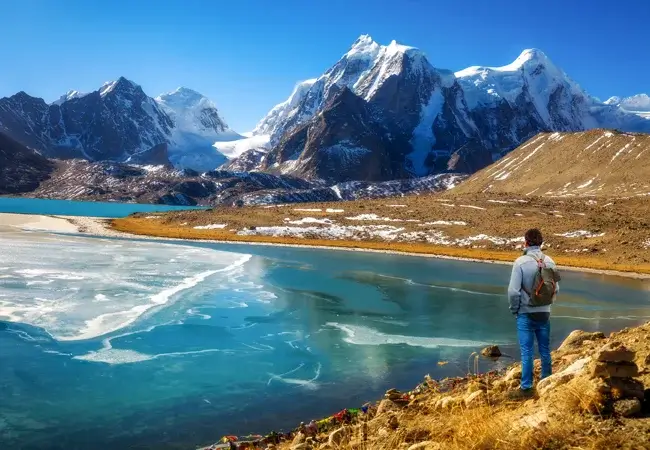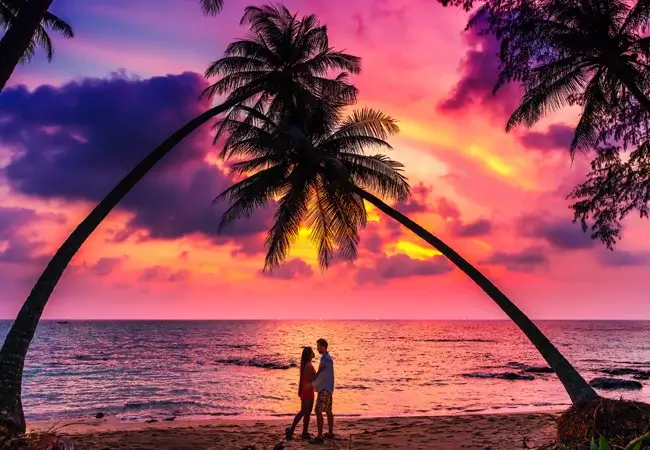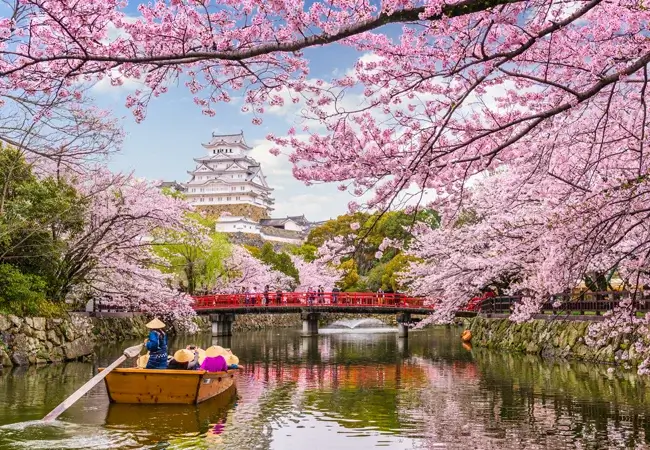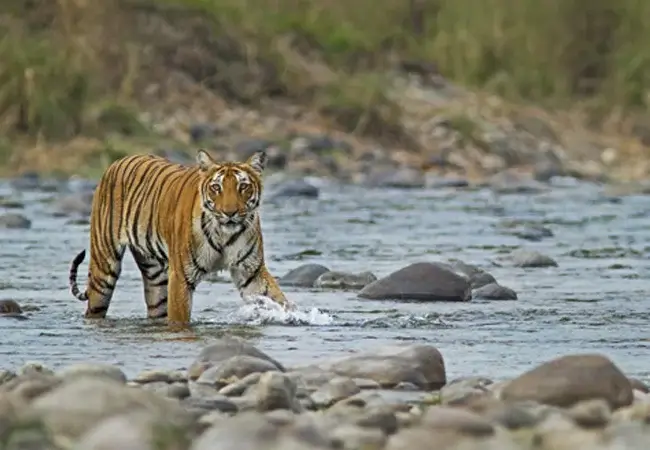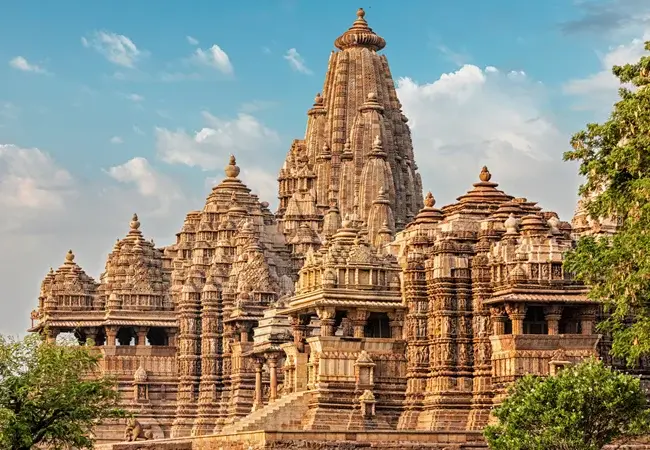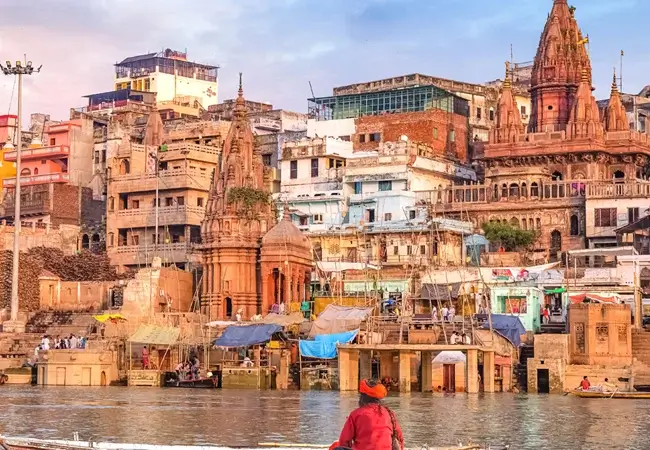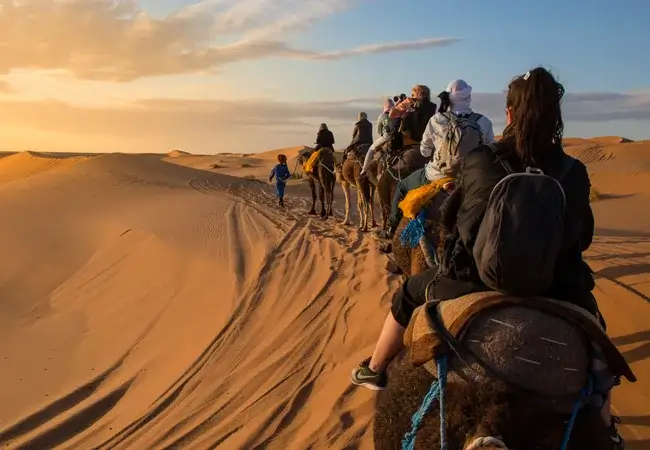Madhya Pradesh, the heart of the nation, is always popular for its rich abundance of flora and fauna. Moreover, this state is known to house many endangered species and comprises 12 National Parks, 24 Wildlife sanctuaries, and 3 biosphere reserves. Out of all the national parks, Kanha National Park and Bandhavgarh National Park are considered to be the most popular..
This national park is situated in the Vindhya Hills of the Umaria district in Madhya Pradesh. It was declared a national park by the government in the year 1968. Spread across an area of approximately 105 km2, Bandhavgarh National Park consists of a large biodiversity and also holds the record of having the highest density of tiger population in India. Besides, this park has also attained popularity for beholding the largest breeding population of leopards, accompanied by various species of deer. Due to continuous efforts of the forest officials, this protected area has seen a positive shift in the count of tigers which is also contributing significantly to attracting a large number of tourists in its vicinity.
There are three major zones in Bandhavgarh National Park named Tala, Magdi, and Bamera. Out of the three major zones, the Tala zone is known to attract a major number of tourists because this zone tends to offer more opportunities for tourists to spot tigers as compared to the other two zones. However, the park authorities are trying their best to re-launch the Magdi zone by providing more opportunities to spot tigers. Elephant shows are also being organized in this zone by officials to increase the popularity of this region, thereby attracting more tourists.
Just like Kaziranga National Park, Bandhavgarh National Park is also known to have mixed vegetation ranging from tall grasslands to thick Sal forest, thereby creating the perfect habitat for a variety of animals and birds. As a result, there is a rich abundance of flora and fauna in this protected area. All thanks to varied topography, the Bandhavgarh National Park is a blessing for adventure-loving people because they attain the opportunity of spotting the majestic Indian tiger here along with some rarely seen animals such as leopards and sloth bears.
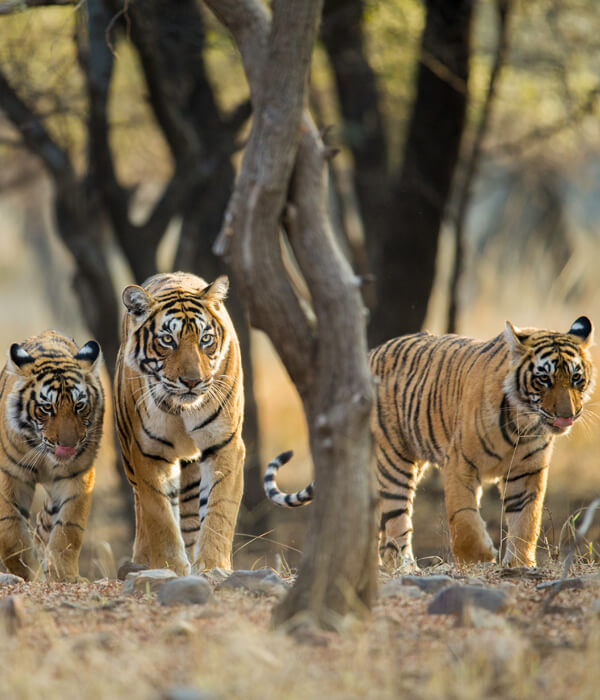
Bandhavgarh National Park is known to be home to more than 22 species of mammals as well as 250 species of birds. The primate group is represented by common Langurs and Rhesus Macaques. Among carnivores, the Asiatic Jackal, Bengal Fox, Sloth Bear, Ratel, Gray Mongoose, Striped Hyena, Jungle Cat, Leopard, and Tiger are commonly spotted. The artiodactyls found here are Wild Pigs, Spotted Deer, Sambar, Chausingha, Nilgai, Chinkara as well as Gaur. Commonly found mammals include Dhole, the small Indian Civet, Palm Squirrel, and Lesser Bandicoot Rat. Among the herbivores, Gaur is the only coarse feeder.
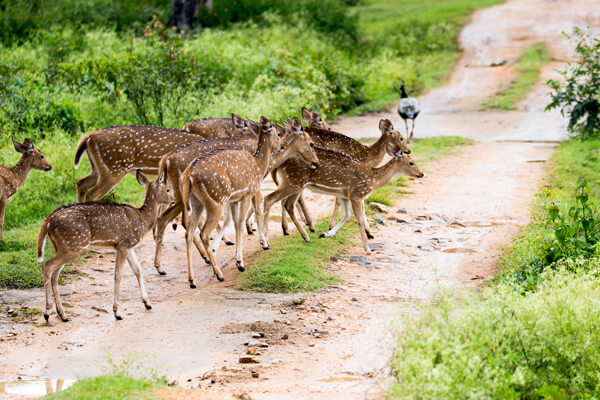
There are mainly two ways of entering Bandhavgarh National Park- in a motor vehicle or elephant back. Visitors mostly prefer jeep safaris that remain functional from dawn until about 10 am and from about 4 pm until dusk. It is due to the fact that during this period, the animals are found to be the most active.
A large number of resorts are present within the periphery of Bandhavgarh National Park that the visitors can book according to their budget and convenience. The resorts are divided into high-end, luxury, deluxe, and standard (on the basis of their accommodation charges per day).
- High-end resorts: Mahua Kothi and Syna Tiger Resort
- Luxury resorts: Tree House Hideway Resort, Kings Lodge, Bandhav Vilas, Infinity Bandhavgarh Wilderness, and Lemon Tree Wildlife Resort
- Deluxe resorts: Nature Heritage Resort, Tiger Trails Resort, Maharaja Royal Retreat, Bandhavgarh Meadows
- Standard resorts: Mogli Jungle Resort, Salvan Resort, Hotel Tigergarh Resort, Greenwoods Resorts
The buffer zone is considered to be an area that surrounds the core area, thereby helping in the dispersal of wild animals. Moreover, it is also used as a multi-use area where human habitation as well as other activities is strictly prohibited in a regulated manner. There are three buffer zones in Bandhavgarh National Park. They are Dhamokhar, Johila (Kalwa), and Panpatha (Pachpedi).
Buffer zones are mainly not allowed for safaris as it remains in close association with some villages, farmlands, scrub forests, grasslands as well as dense vegetation. However, it is considered to be an ideal habitat for four-horned antelope, chinkara, wolf, and blue bull.
People strongly believe that tigers are spotted only in the core zones of Bandhavgarh National Park. Tigers being highly territorial cats have attained the capacity to establish their domain in the prime locations of the park. The sub-adults start to establish their territories right from the age of 2-3 years and decide to content themselves in buffer or territorial forests.
These territorial cats have successfully expanded their population to a great extent due to the appropriate amount of protection received from forest officials. All forest pockets are known to have their own resident tigers today and many tigers have also moved to lesser-known sanctuaries so that they can populate these areas and increase their territory. It is to be noted that these areas comprise a limited prey base that can affect the diet of the tigers.
Buffer zone remains accessible to visitors throughout the year and permissions are also granted for night safari (7 pm to 9:30 pm). During this period, apart from the majestic Indian tiger, other nocturnal gems are also spotted.
This buffer zone is considered to be an extension of the core area Magadhi zone. Thus, the entry point of this buffer zone lies between two villages namely Mahaman and Parasi. This zone is also home to Mudgudi dam, a few natural caves of Sehimaada, and Kadewaha grassland for wildlife spotting.
This buffer zone is an extension to another core zone-the Tala zone. The entry point of this buffer zone lies near Chechpur village and has received its name after the scenic Johila waterfall.
This buffer zone is considered to be an extension of Khitauli zone and its entry point is near Pachpedi village. The main attractions of this zone include Chinkara, four-horned antelope, a blue bull as well as wild dogs. The forest remains covered with dense bamboo and deciduous trees, thereby increasing the beauty of this region to a great extent.
This famous fort of the Umaria district of Madhya Pradesh is situated on the Bandhavgarh hill, at a distance of approximately 811 meters above sea level. It remains surrounded by many small hills that are gently separated by sloping valleys. This fort is known to spread across an area of 582 acres and is believed to be built in the 3rd century. There are two ways to enter this fort-a jeep track or footpath. For visitors entering through the left of the spot, a footpath is preferable. This spot is known to contain a unique 11 meters long statue of the Hindu God, Vishnu, with a pool of spring water in front of the statue which is claimed to be the source of the stream called Charan Ganga.
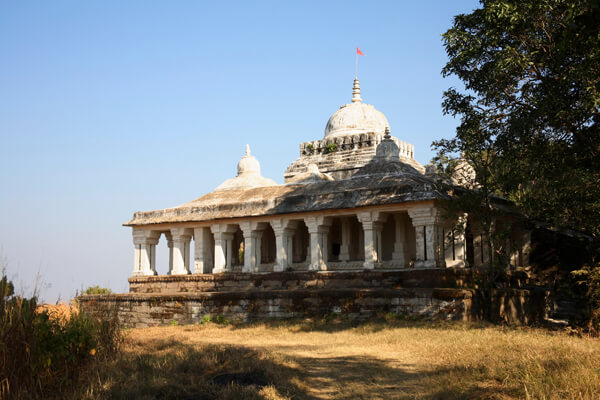
The best time to visit Bandhavgarh National Park is from November to March because during this time, the sanctuary remains open for the tourists. It remains closed for tourists from July to October.






